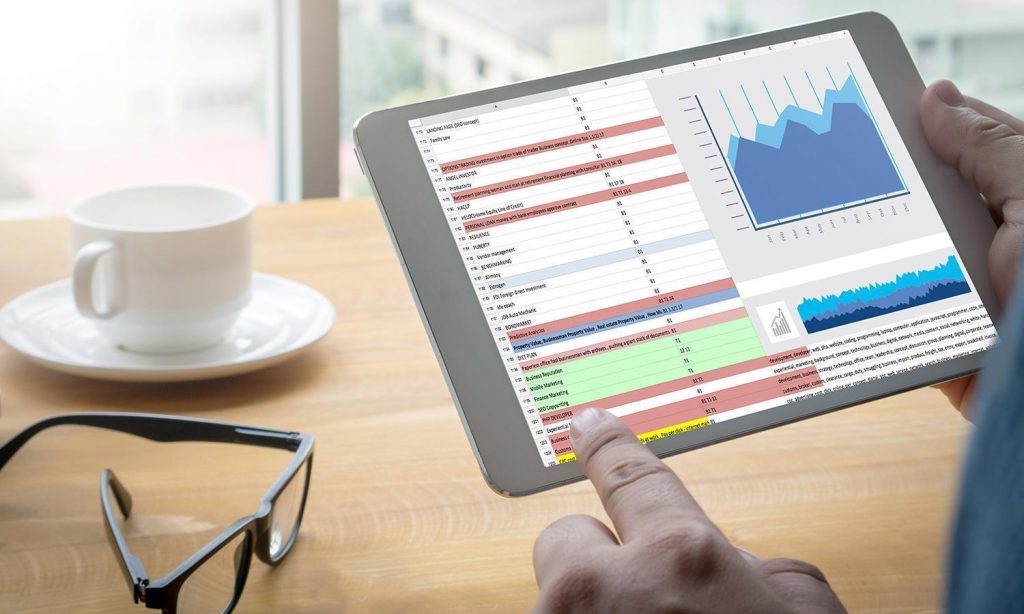Many companies in the last few years have discovered the power of tiny changes. When you are dealing with a global population of buyers and millions of people, see your products every single day, changing a single small thing can have consequences in the millions of dollars.
The problem is that even though most companies realize this, they don’t have access to the right information to make good decisions. This means that billions of dollars are being lost because of a lack of the right data.
Some companies, on the other hand, are doing this marvelously well. Here are a few doing just that.
T-mobile
T-mobile was recently able to significantly decrease one of the biggest problems in their industry, that of customer turnover. Cell phone companies struggle to keep customers for more than a few years for a variety of reasons. The problem was discovering those reasons.
One of the biggest ways they did this was drop call analysis. They were able to contact customers that were starting to experience more dropped calls based on a current location and work with them to improve their plan quality before they dropped T-mobile as a provider.
Another interesting item they worked on was sentiment. There are multiple ways to measure customer sentiment today, but T-mobile used the measurements of customer sentiment to predict when a customer was thinking of leaving and would attempt to resolve the issue before it went too far.
All in all, they were able to increase retention rate by nearly 50% simply by using the right data to make the right decisions.
Capital One
Capital one was one of the earlier adopters of big data as a tool for improving profits. For years they have been using as much data as they can on their customers to create custom offerings to entice those customers into purchases.
This serves a two-fold benefit. Capital one is able to increase profits through higher sales, but there is also the benefit of customer satisfaction. People love a personalized experience, and rarely want to switch away from something that seems to have gotten to know them so well it gives them exactly what they want every single time.
Urban Outfitters
Few things are harder for clothing manufacturers then trying to figure out what the next season’s trends will be. Any mistakes can be incredibly costly, and everything has to be done in advance.
Urban Outfitters used an in-house data team to figure out exactly how to have a great future by looking at all of the data from previous years. They were able to see everything that sold well and what didn’t sell well. They were also able to look at returns, and if people purchased more of their clothing after purchasing certain types of clothing.
They were able to have a successful year because they used data available from previous years to establish trends and understand their market.
These are three companies of many. Companies are discovering that millions of dollars are on the line and that they need the data to find out how to access that money. The future will almost surely hold even more as companies personalize even more based on new data.
